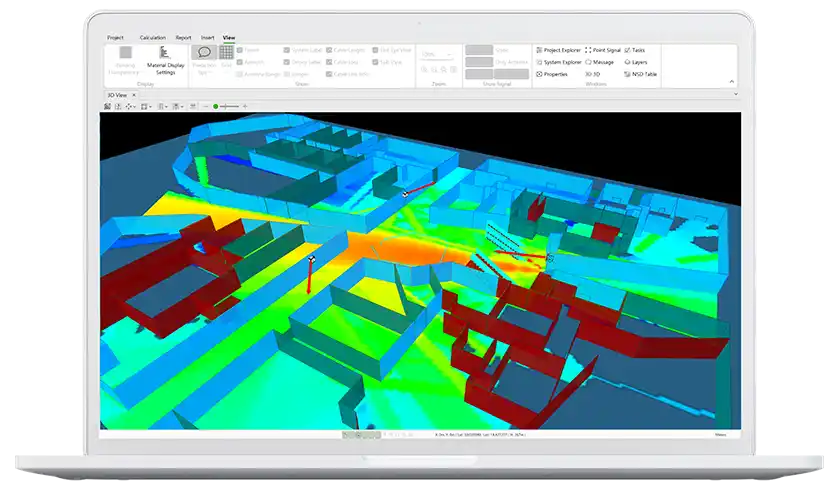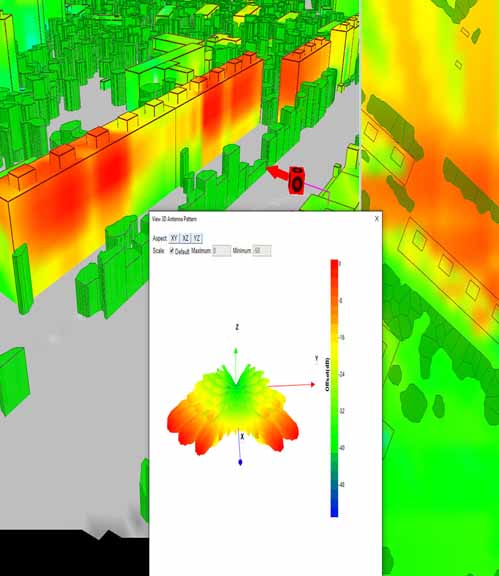Network slicing is a key enabling technology for the 5th generation (5G) and beyond mobile networks. Network slicing allows the creation of multiple logical network instances on the same underlying physical network. Slices can then be formed or combined on-demand, with parameters optimized according to various service requirements so as to meet the users’ instant requests for specific mobile services. Hence, the performance of network slicing heavily depends on characterizing and predicting the spatial-temporal traffic patterns for individual services in near real-time.
Our objective

5G Networks
Network Slicing

5G Networks
Correlation and Prediction
Research on characterization and prediction for service-level mobile traffic is still in nascence. Firstly, the traffic characteristics and predicting methods of individual services, especially the 5G services, have not been studied adequately. Secondly, traffic correlation among different services and the reasons behind it have not been well studied. Thirdly, inter-service correlations have not been well exploited in service-level mobile traffic prediction.

5G Networks
Research Goals
In this project, we will address these gaps. Firstly, we will study the spatial-temporal characteristics of service-level traffic patterns at multi-scales, based on which, we will investigate the traffic predicting frameworks for individual services. Secondly, for the first time, we will investigate the traffic correlation among different services and try to discover the underlying reasons by analyzing the service usage profiles of different user groups. Finally, based on inter-service correlations, we will investigate whether we can improve service-level traffic prediction accuracy and whether we could execute prediction for diverse services according to the historical records of only a few key services.
The success of the CORRELATION project will make proactive network slicing possible, which will then drive proactive network optimisation for 5G and beyond mobile networks.
Research News
Explore our Research News
Discover how our cutting-edge research projects are shaping the future of wireless network technology



